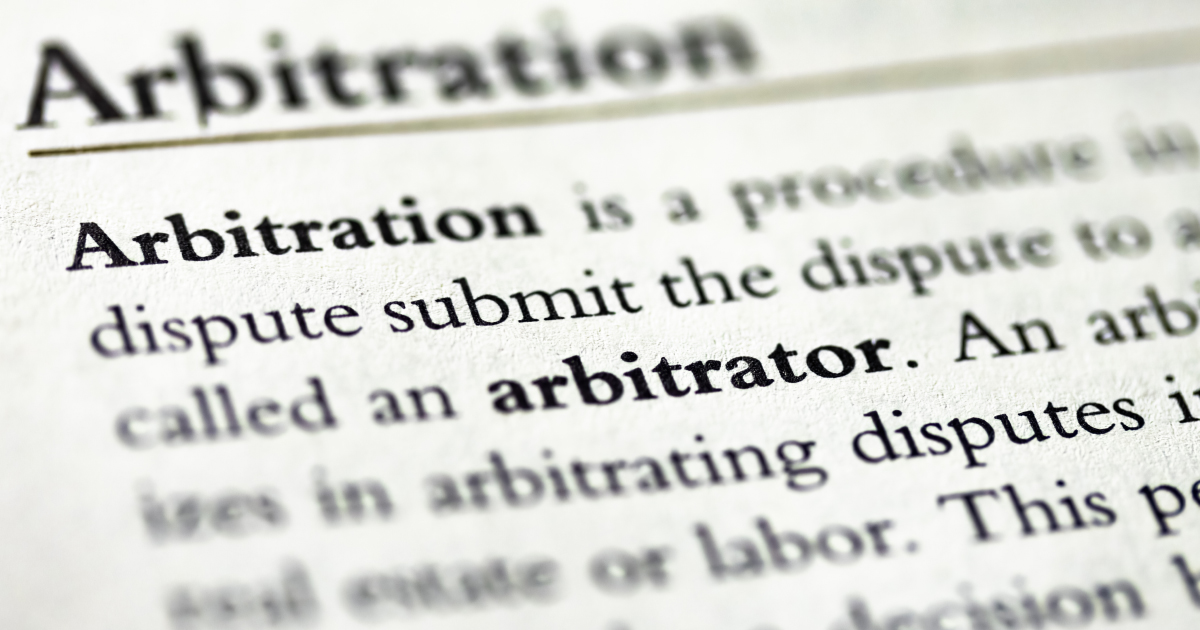The most commonly asked question during divorce enquiries is how assets are divided during a divorce. This article offers general guidelines on how Courts in Singapore decide asset division. This is a complex process, and you can approach divorce lawyers to give you specific advice for your situation.
Mediation
In the most ideal situation, parties will agree on how assets should be divided in a divorce during mediation. Where such an agreement is reached, agreed terms can be recorded in a Consent Order, which will be recorded as an interim Court Order, and final Court Order which can be enforced. If mediation fails – where parties cannot agree on how their `assets should be divided during the divorce, parties would then proceed to litigate the matter for the Court to determine this for them.
Litigation
Step 1: Matrimonial assets
a. Identifying matrimonial assets
The Court’s first concern would be identifying all assets that belong to the matrimonial pool to be divided between the parties. Under the Women’s Charter, “matrimonial assets” include:
- -Assets acquired before the marriage by either or both parties to the marriage, ordinarily used or enjoyed by both parties or one or more of the children while the parties resided together for shelter or transportation, or for household, education, recreational, social or aesthetic purposes; or which has been substantially improved during the marriage by either or both parties.
- -Assets of any nature acquired during the marriage by either or both parties.
Assets acquired by way of “gifts” or “inheritance” are not “matrimonial assets” unless they explicitly refer to the “matrimonial home”, or are assets that have been substantially improved by one or both parties.
b. Examples of matrimonial assets
Some examples of assets that can be included in the matrimonial pool are as follows: –
- Matrimonial home
- Overseas properties
- Insurance policies
- Shares
- Unit trusts
- Cars
- Savings
- Bank accounts including secret bank accounts
- Fixed deposits
c. Operative date for valuation of assets
The operative date for the valuation of assets for division is usually assessed at the date of the hearing, which is the ancillary matter date. Past Court judgments indicate that a marriage is only dissolved when interim judgment is made final. Hence, assets acquired by the party after the date of the breakdown of marriage but before final judgment, should be included into the matrimonial pool.
d. Power of the Court to exclude any asset
Despite the matrimonial assets having been identified, the Court may nonetheless exercise discretion to exclude assets acquired during marriage as the Court’s power to divide any matrimonial asset is a discretionary power.
Step 2: Just and equitable division
The Court will give an estimate of the value of the assets which are part of the matrimonial pool based on the parties’ submissions. The Court will then divide parties’ matrimonial assets in such proportion as the Court thinks just and equitable. In doing so, Courts usually adopt a broad-brush approach to take into account direct and indirect contributions of the parties.
Step 3: The Court’s division
a. Ratio of direct financial contributions by each party
According to the Court judgment of ANJ v ANK, the first step that Courts will undertake is to derive a ratio of the direct financial contributions of each party towards the acquisition or improvement of matrimonial assets. Where all necessary evidence is not available, the Court must use a broad brush to make approximations based on the available documentary evidence and on the parties’ own evidence assessed in the light of their veracity.
b. Ratio between non-financial and indirect financial contributions by each party
The Court’s second step is to derive a second ratio which represents the relationship between the non-financial and indirect financial contributions of each party towards the welfare of the family. Non-financial contributions include taking care of the household and family, and giving assistance and support to a spouse in carrying out his or her occupation, while indirect financial contributions include payments towards renovations and maintenance to matrimonial property, and payments of utility bills and taxes.
c. Conclude the average of both ratios to derive each party’s overall contribution
The Court’s third step is to average the two ratios (ie. direct financial contributions and non-financial and indirect contributions) to derive each party’s overall contribution to the family. This average forms the basis for the division of the matrimonial assets between the parties.
d. Any other adjustments to the ratio to arrive at a just and equitable division
The final step that the Court will undertake is to make any adjustments (whether by increasing or decreasing the average ratio in the third step) which are necessary to arrive at a just and equitable division of the matrimonial assets. The adjustment in this final step is a qualitative adjustment based on the Court’s sense of what is fair and just. The Court can take into account factors enumerated in Section 112(2) of the Women’s Charter: –
(a) Extent of contributions towards improving or maintaining the matrimonial assets;
(b) Debt owing or obligation for joint effort or benefit of child;
(c) Needs of the children;
(d) Contribution made to the welfare of the family, including looking after the home or aged or infirm relative or dependent;
(e) Agreement with respect to ownership and division of assets made “in contemplation of divorce”;
(f) Rent-free occupation or benefit enjoyed (in relation to the matrimonial home);
(g) Giving of assistance or support by one party to the other in carrying on occupation or business; and
(h) Matters in Section 114(1) of the Women’s Charter if relevant, which are factors for maintenance:
- the income, earning capacity, property and other financial resources which each of the parties to the marriage has or is likely to have in the foreseeable future;
- the financial needs, obligations and responsibilities which each of the parties to the marriage has or is likely to have in the foreseeable future;
- the standard of living enjoyed by the family before the breakdown of the marriage;
- the age of each party to the marriage and the duration of the marriage;
- any physical or mental disability of either of the parties to the marriage;
- the contributions made by each of the parties to the marriage to the welfare of the family, including any contribution made by looking after the home or caring for the family; and
- in the case of proceedings for divorce or nullity of marriage, the value to either of the parties to the marriage of any benefit (for example, a pension) which, by reason of the dissolution or annulment of the marriage that party will lose the chance of acquiring.
Step 4: Other factors taken into consideration when deciding the ratio
Long single-income marriages (Sole income earner and homemaker)
The Court in TNL v TNK revisited the ‘structured approach’ in ANJ v ANK, to qualify the circumstances in which should be applied. It affirmed that while the structured approach would continue to apply to dual-income marriages (both parties work and contribute towards direct and indirect contributions towards the household) it should not be applied to single-income marriages. Generally, a 50:50 division of the matrimonial assets is applied to long single-income marriages unless there are facts which warranted a different division.
It was rationalised that the ANJ v ANK approach tended to ‘unduly favour’ the working spouse over the non-working spouse. This was because financial contributions were given recognition under both the first and second steps of the ANJ v ANK approach, which meant that the non-working spouse was, in this sense, doubly (and severely) disadvantaged.
Conclusion
As seen above, the division of matrimonial assets during a divorce is a complex process. Our family lawyers are able to provide more detailed advice on legal options based on your specific circumstances.












